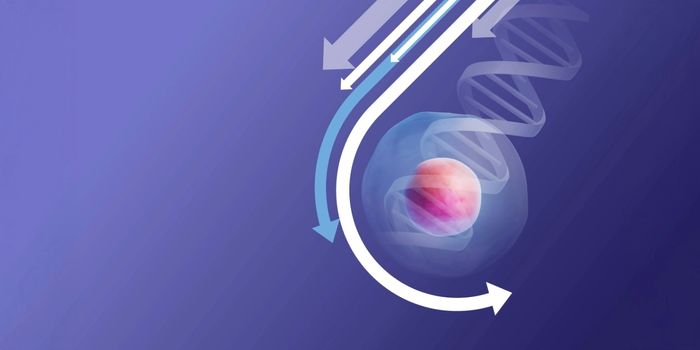A 'Molecular Clock' for Determining a Child's Age
As children get older, their growth is monitored, and they are expected to reach certain milestones by particular ages. But researchers want a better way to compare age and development. They are turning away from the calendar, and towards a kind of molecular clock that may aid in the diagnosis of developmental disorders, including autism. Reporting in the Proceedings of the National Academy of Sciences (PNAS), an international research team has outlined how modifiable chemical groups that are added to DNA - epigenetic tags - might be used to watch for differences in child development and problems that arise.
The research team designed a tool that determines the age of a child's DNA, which the researchers named the Pediatric-Buccal-Epigenetic (PedBE) clock. The concept of measuring age using epigenetic changes has been applied before, but only to adults (as explained in the video below). Epigenetic tags can alter gene expression in specific cells and tissues, and are sometimes added because of some environmental influence.
"We have a good idea how these DNA changes occur in adults, but until now we didn't have a tool that was specific for children," said the senior author of the study Dr. Michael Kobor, a professor in the Department of Medical Genetics at the University of British Columbia. "These DNA changes occur at very different rates in kids, and so we adapted this technique for younger ages."
Since epigenetic markers have been studied extensively in adults, we know how to predict the age of a person or a bit of DNA using epigenetics. The tags can also provide insight into the state of a person's health and may indicate early mortality or disease due to aging.
In this study, the researchers analyzed methylation, one of the most common epigenetic tags, in the DNA of 1,032 healthy individuals that were a few weeks to twenty years old. The scientists identified 94 places in the genome that could accurately predict the age of a person within around four months.
The research team also found that children that had been in the womb for longer periods had a higher rate of epigenetic alterations in their DNA, which suggests that the tool might also be useful for gauging the developmental age of infants. It only takes a few cells from a cheek swab and an inexpensive test to perform the analysis.
"This powerful and easy-to-use tool could be used by clinicians to identify why some children aren't meeting early milestones and potentially diagnose children with developmental disorders earlier in life," said the first author of the report, Dr. Lisa McEwen. "This would enable doctors and pediatricians to intervene sooner in a child's life leading to better outcomes for kids."
The investigators also used their clock to assess kids with autism spectrum disorder (ASD). They found that affected children were older on the PedBE clock compared to typical kids, so the tool may be useful in the diagnosis of ASD.
"The fact that our pediatric clock was able to distinguish between typically developing children and those with autism in this small experiment demonstrates the powerful potential of this tool," noted Kobor. "Although more research is needed to confirm this, these results show that the PedBE clock could be an important factor in evaluating how children develop."
The clock is now freely available so that others may use it.
Sources: AAAS/Eurekalert! via University of British Columbia, PNAS









